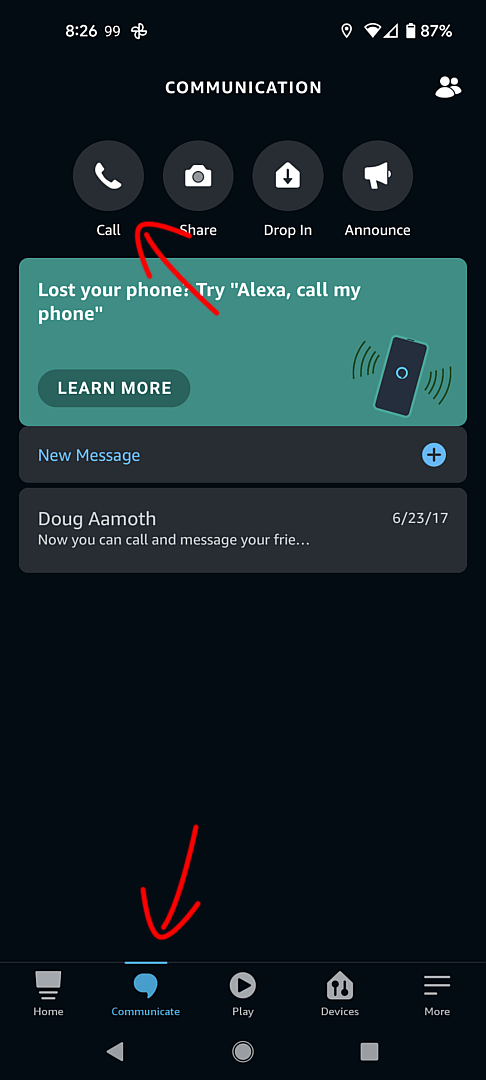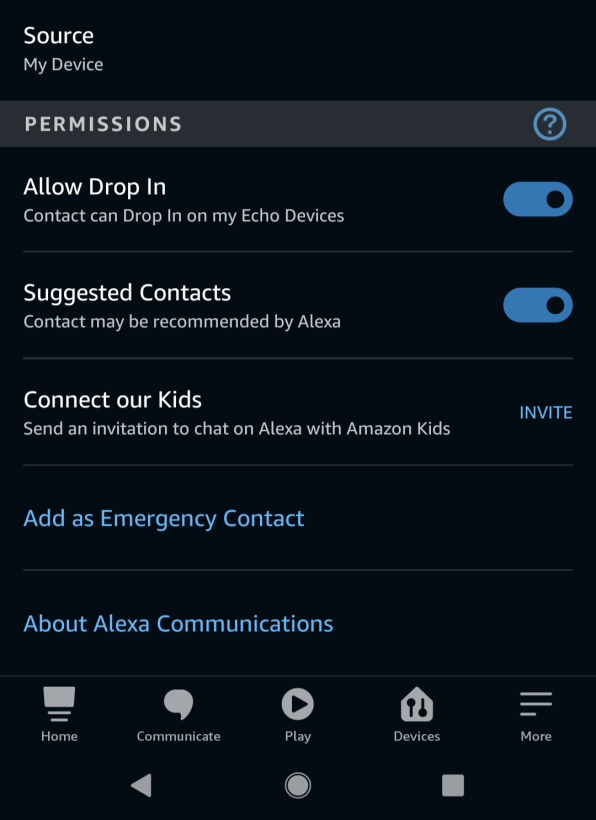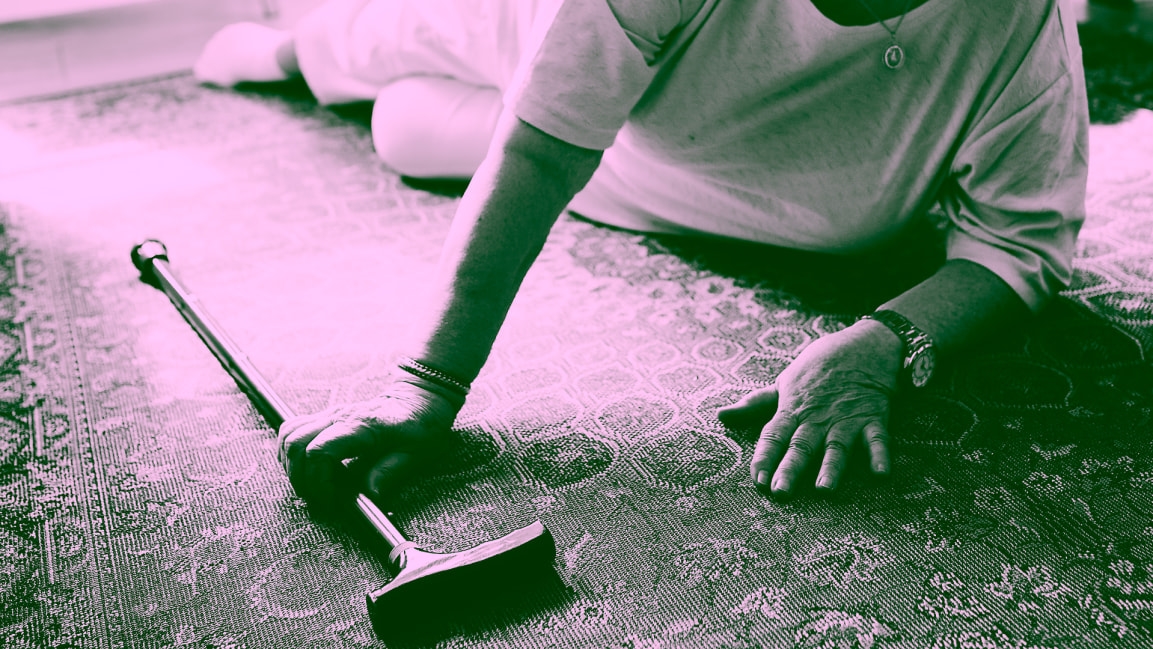How to use Alexa as a $30 medical alert system
I’m down here in Florida (it’s really hot) helping my Dad out. He had a stroke a few months back and just got sprung from his rehab place. He’s back home now and happy to be here, but he needs help and has very little mobility on his right side.
The fear of him falling when nobody’s around is very real, so he needs an easy way to ask for help in case of emergency. I naturally immediately Googled “I’ve fallen and I can’t get up” to remind myself of the name of the company that ran such commercials for most of my childhood (spoiler: it’s Life Alert).
After a little digging around, it became apparent that there are a couple of ways to give Dad an emergency alert system.
Medical alert options
The basic premise of how these systems work—and there are a lot of them on the market—is that Dad wears a necklace with a button he can press if he falls. The necklace is attached to a base station that either connects through a landline, which he gave up years ago, or via a cellular connection.
As you might imagine, there’s a monthly cost associated with these systems. The creme de la creme usually have in-built fall sensors that can detect if the wearer falls and call a dispatcher for help.
These setups generally run between $20 and $50 per month, and some charge for equipment up front as well, so this option seems a bit steep. I also wasn’t thrilled about Dad having to wear the necklace everywhere. I could see him taking it off to sleep and forgetting to put it back on.
That got me thinking about how to cobble together a less expensive, perhaps almost as good setup.
Alexa to the rescue
Then it dawned on me that you can use Amazon’s Alexa assistant to make phone calls. If I sprinkled enough inexpensive Echo Dot devices around Dad’s condo, he’d be able to reach out for help using just his voice in the case of a fall.
For the record, I bought a trio of the third-generation Echo Dots for $30 a pop. They seem to fluctuate between $30 an $40 pretty regularly, so I caught them during a deal cycle.

Making calls with Alexa
Once you’ve got the Dots connected, getting Alexa to make calls requires a quick bit of setup.
You’ll need to get the Alexa app running on the phone of the person for whom you’re setting this up. After setting up the Echo devices, tap the Communicate icon at the bottom of the screen. Then select the Call icon in the top-left corner.
When you do this the first time, Alexa will ask for access to the phone’s contacts (say yes) and will have you verify the phone number. This is important, because calls being sent via Alexa after this will appear as coming from the person’s actual number. That’s great, because you’ll know to answer when you see a call coming in.
Once that’s taken care of, my dad just needs to say, “Alexa, call Doug,” and he’ll be patched through to me, hands-free, from the nearest Echo Dot.

Dropping in
Having set all this up, I can also use the Dots and Amazon’s excellent Drop In feature to check in with Dad if I haven’t heard from in a while, without him having to pick up the proverbial phone. (I have the Alexa app on my phone and several Alexa devices in my own home.)
To do that, I just used his Alexa app to open the contact he has for me and toggle the “Allow Drop In” slider. Now all I need to do on my end is say “Alexa, drop in on Dad” from my Alexa app or one of my Echo devices and I’ll be able to talk to him from anywhere.
Once you’re in the Alexa app, you’ll notice an “Add as Emergency Contact” option in there as well. Whomever you add as the emergency contact will get called when the user simply says, “Alexa, call for help.” You can only have one emergency contact, but it might be a good idea to set someone up just in case.
What are the limitations?
There are a couple of downsides to this setup, but I believe the benefits largely outweigh them for this particular scenario.
First problem: You can’t use Alexa to call 911. However, what I did for my father is add the nearby police department as a contact by using their main number. Probably not ideal, but in a pinch it could work.
Second, the person will obviously need to be coherent enough to speak in the event of an emergency. However, using the Drop In feature mentioned above can help a bit to overcome that concern. If I haven’t heard from Dad lately, I can drop in and listen to see if I hear anything troubling.
Other than that, we’ve got a whole-home medical alert system set up for less than a hundred bucks. Oh, and it plays music, too.
(40)



